
Saving money doesn’t mean giving up what you love. Small, mindful changes to your spending habits can lead to significant savings. Here are 20 practical tweaks to boost your financial health without feeling deprived.
Skip Premium Coffee Orders

Those café visits add up quickly. So, brew your coffee at home with a French press or pour-over kit to save time and money. This also gives you control over flavor. According to a survey by Amerisleep, coffee drinkers aged 25-34 spend around $2,000 annually on café beverages.
Track Spending Weekly
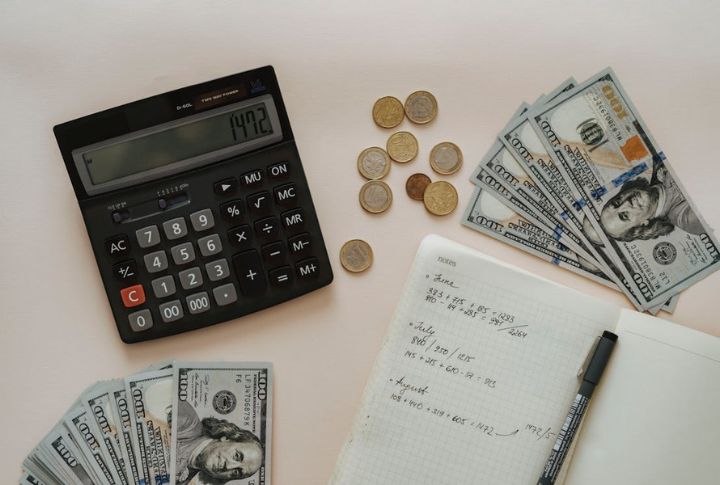
How well do you know where your money goes? Do you keep track of your expenses and plug any budget leaks? If not, try using a spreadsheet or apps like Mint or PocketGuard. They can help you categorize your spending, which makes it easy to notice trends and make adjustments.
Cancel Unused Subscriptions
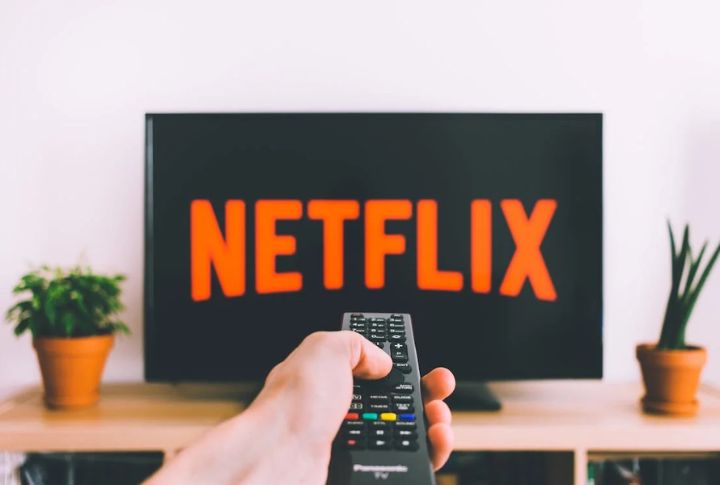
Use apps like Truebill to audit your expenses and cancel services you no longer use. Streaming services and forgotten memberships quietly drain bank accounts. You’ll be shocked to look at the Chase data that mentions 71% of Americans waste $50 or more monthly on unused subscriptions.
Walk or Bike Short Distances

For errands under two miles, leave the car behind. Instead, try to walk the distance or use a bike to save on gas and parking. It’s also good for your health and uplifting your mood. This habit can make a big difference in your savings and fitness.
Cook More Meals at Home

Eating out may be convenient, but it’s far more expensive. If you regularly eat at restaurants, you’re not only wasting money but also taking a risk with your health. Believe it or not, batch cooking is a much better way to plan and enjoy healthy meals on time.
Use Energy-Efficient Bulbs
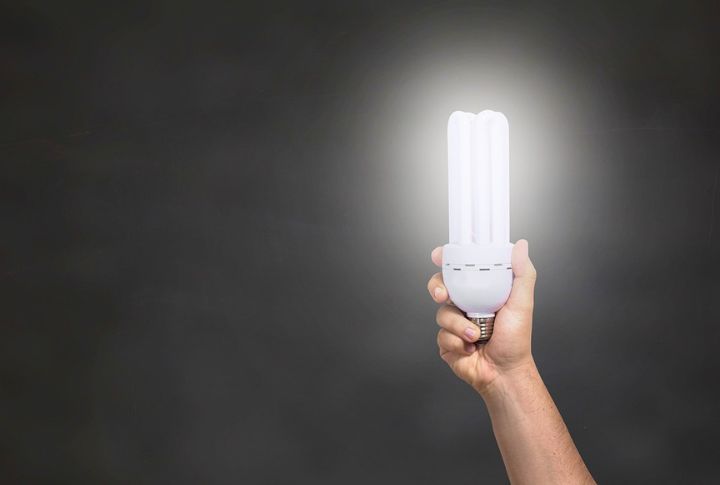
Energy Star-rated LED bulbs can last up to 25 years. They use 75% less electricity than incandescent ones. The Department of Energy estimates that a simple upgrade like this can save you about $100 annually. Isn’t it a smarter investment for your home?
Opt for Free Entertainment

Having fun doesn’t have to cost a fortune. Libraries often provide free digital books, movies, and even museum passes. You can check apps and local event calendars for free concerts, festivals, or outdoor movie nights to keep your weekends fun and economical.
Switch to Generic Brands

Some generic products match the quality of a branded one at a fraction of the cost. Teri Gault, author of “Shop Smart, Save More,” explains that switching to store brands can reduce grocery bills by up to 40%. So, check the labels and ingredients and see if they are similar.
Negotiate Your Bills

Always keep in mind that service providers from industries like home repair and electronics often have wiggle room in their pricing. As a customer, you can successfully lower your monthly costs by asking for better rates or mentioning competitor offers.
Reduce Standby Power Usage
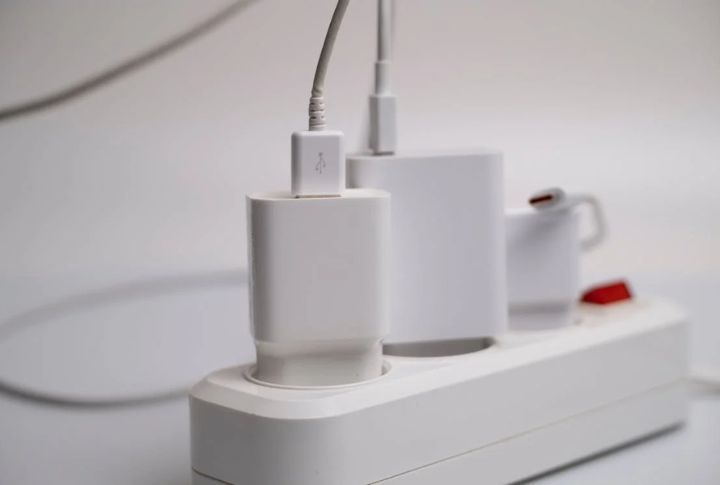
After you plug devices into power strips, don’t forget to turn them off when idle. That’s because gadgets consume energy even if they are not in use. The NRDC estimates that this “phantom power” costs US households $165 annually. Plus, it’s never good to waste resources like this.
Buy In Bulk (But Wisely)

Bulk purchases are a great way to save on daily essentials like toiletries, bread, rice, and flour. However, this doesn’t mean you need to overbuy. Some items might not be as important as they seem. The best way is to go bulk shopping with friends or family to split costs and avoid overstocking.
Refinance Your Mortgage

Homeowners can save big by refinancing their mortgage. According to Forbes Advisor, refinancing from 4% to 3% on a $200,000 loan could save approximately $16,000 over 15 years. You should regularly check rates to see if this is a good option for you.
Shop With A Grocery List

Stick to a clear list with prioritized order. This will help you focus on essentials and reduce unnecessary spending. Apps like AnyList can organize your shopping needs and sync them with family members for more convenience. Otherwise, impulse buys always inflate the grocery bill.
Carpool With Friends or Colleagues

Schedule automatic transfers to your savings account after paydays to build a habit of saving consistently. Many financial advisors suggest the 50/30/20 rule: 50% for needs, 30% for wants, and 20% for savings or debt repayment. Even small deposits can lead to huge savings over time.
Automate Your Savings
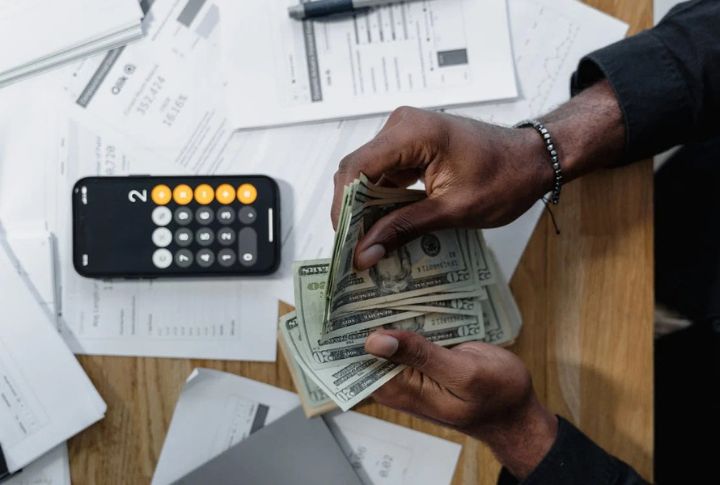
Schedule automatic transfers to your savings account after paydays to build a habit of saving consistently. Many financial advisors suggest the 50/30/20 rule: 50% for needs, 30% for wants, and 20% for savings or debt repayment. Even small deposits can lead to huge savings over time.
Use Coupons Strategically

Not all coupons are useless. Some make it easy to cut down on the cost of everything. Be it groceries or travel tickets. Whenever you plan a trip to the store or another state, keep an eye out for promo codes and discounts that can stretch your budget further.
Choose Public Transport

If you live in a city with good public transit, you could switch from driving and get a metro pass. Metro travel can save you thousands annually. There are apps like Moovit that make it easy to find efficient routes and make that switch less tiring.
Avoid ATM Fees

ATM fees can cost between $2.50 and $5 per transaction, adding up quickly. Stick to your bank’s network or switch to an online bank that reimburses out-of-network fees. Planning cash withdrawals ahead of time ensures you avoid unnecessary charges.
Buy Second-Hand Items

Thrift stores, garage sales, and online stores offer excellent deals on many gently used items. For example, furniture, clothes, and kitchen appliances. Most of the time, pre-owned things and even personal items like designer clothing cost 50% less than new pieces.
Shop End-of-Season Sales

Retailers often slash prices by up to 60% at the end of a season. Those opportunities come with more benefits—you get high-quality items at bargain prices. So, don’t forget to stock up on winter gear in spring or buy patio furniture in fall.
